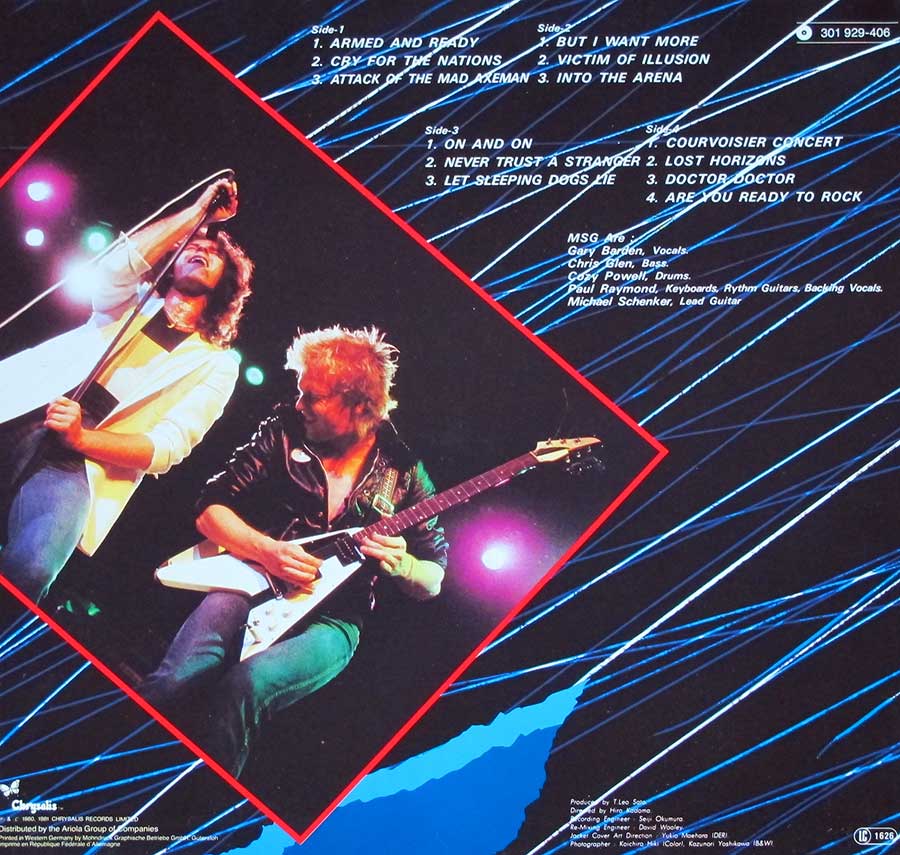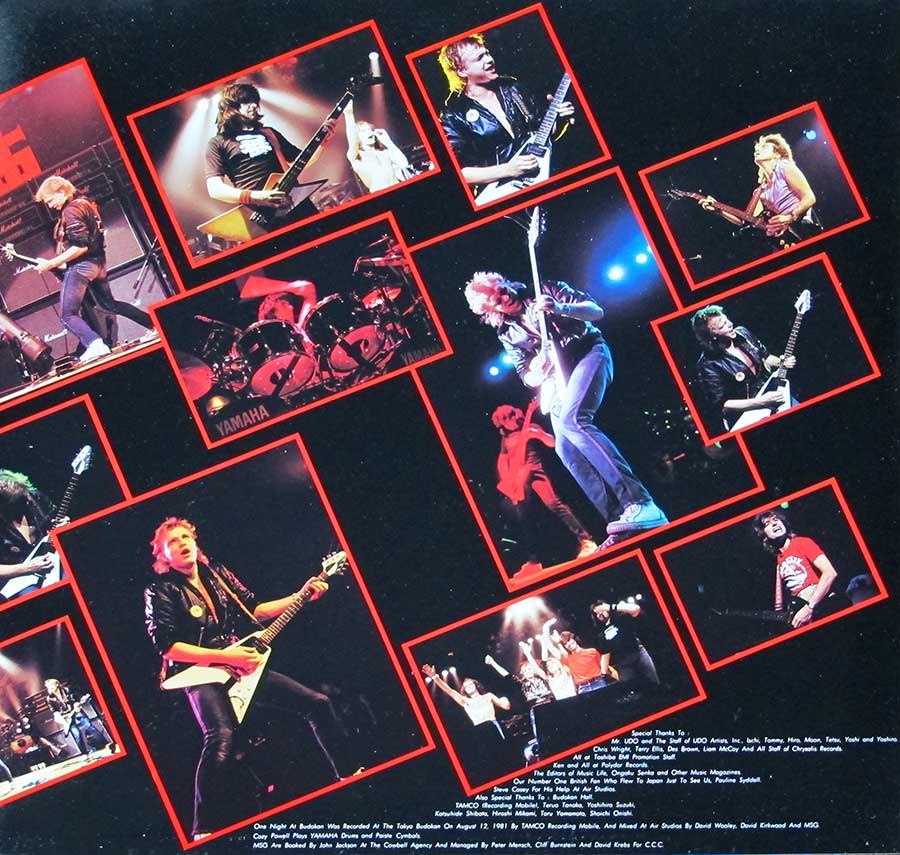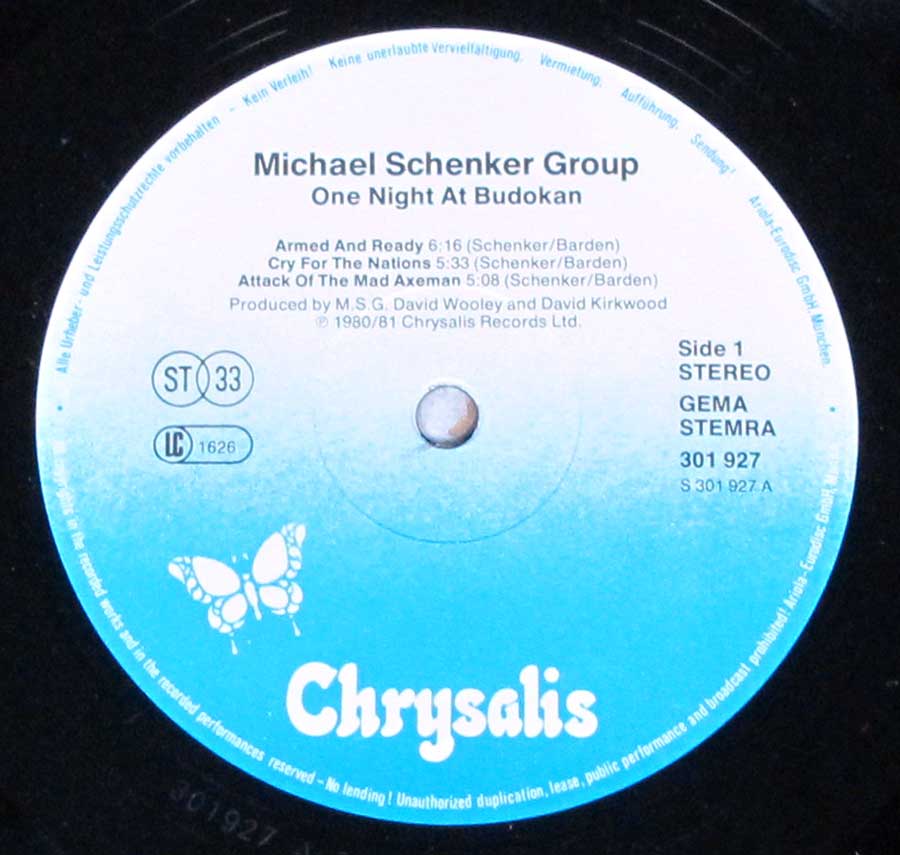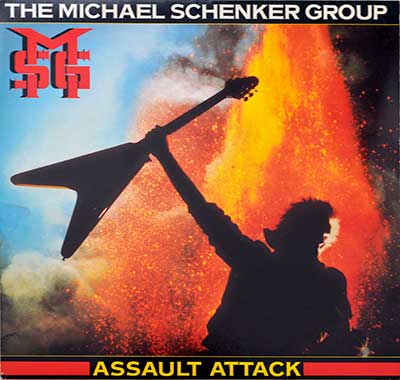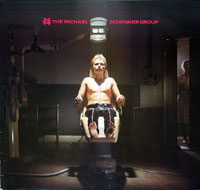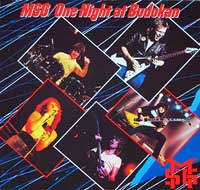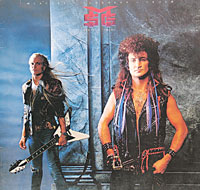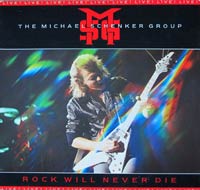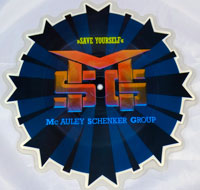"One Night at Budokan" Album Description:
In the realm of live music recordings, few albums have achieved the iconic status of "MSG Michael Schenker Group - One Night at Budokan." Released in 1982, this 2LP 12" vinyl LP album stands as a testament to the electrifying performance of the Michael Schenker Group on a memorable night at the Tokyo Budokan on 12 August 1981.
Capturing the Essence of a Musical Era
The early 1980s were marked by a dynamic evolution in the rock and metal music landscape. Michael Schenker, a virtuoso guitarist known for his work with UFO and the Scorpions, formed the Michael Schenker Group (MSG) to embark on a new musical journey. "One Night at Budokan" encapsulates this period, offering a sonic snapshot of a band at the peak of its prowess.
Production Prowess: T.Leo Sato and Hiro Kadoma
Behind the scenes, the album's production was skillfully handled by T.Leo Sato and Hiro Kadoma. Their meticulous approach ensured that the raw energy and musical finesse displayed on stage were faithfully translated onto the vinyl grooves. This production team played a pivotal role in crafting an album that not only documented a live performance but also elevated it to a timeless piece of musical history.
Engineering Excellence: Soiji Okumura and David Wooley
The responsibility of capturing the live essence fell on the shoulders of sound engineers Soiji Okumura and David Wooley. The challenges of recording a live show are numerous, yet their expertise resulted in a pristine audio quality that allowed listeners to feel the pulsating energy of the crowd and the thunderous resonance of the instruments. The balance achieved in the recording is a testament to the engineering finesse brought to the project.
Tokyo Budokan: The Epicenter of the Musical Spectacle
The choice of the Tokyo Budokan as the venue for this historic night adds another layer of significance to the album. The Budokan has been witness to legendary performances, and MSG added their chapter to this storied venue. The choice of Tamco Mobile Recording and the subsequent mixing at Air Studios further attests to the dedication to sonic perfection.
Visual Aesthetics: Yukio Maehara's Design and Photographic Brilliance
The album's visual appeal is equally noteworthy, thanks to the artistic vision of Yukio Maehara. The album cover design reflects the energy and intensity of the performance within, providing a visual narrative that complements the auditory experience. The photography by Koichira Hiki and Kazumura Yoshikawa captures the essence of the live show, freezing moments in time for posterity.

